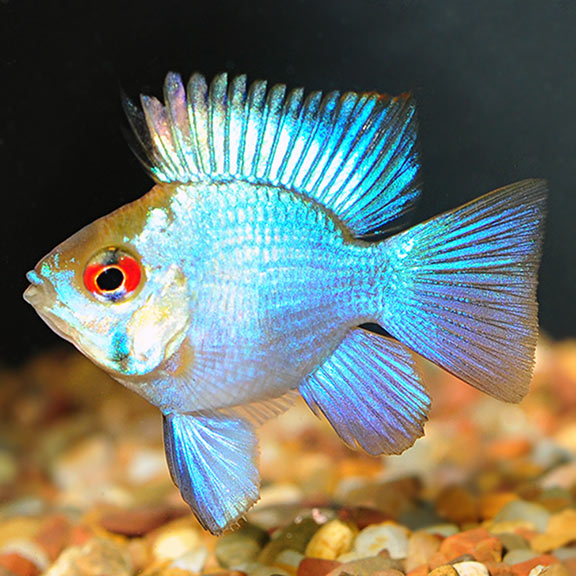
Thanks to my aquarium hobby, I became aware of ecosystem mutilation business already as I was a 11 year-old boy, though I couldn’t name it then very clearly.
Ecosystem mutilation business is about destroying self-sufficient and sustainable ecosystems in order to create new needs and necessities, and therefore new profit and monopolization opportunities for greedy companies.
A typical example is destruction or pollution of local water sources that creates excellent business opportunities for selling bottled drinking water. Some of the most profitable sectors like weaponry, agrochemicals (pesticides, herbicides), GM seeds (GMOs), pharmaceuticals, food, water and investment finance are all in the ecosystem mutilation business.
Because it destroys the solidarity and balance between different species, transforming a sustainable polyculture into an unsustainable monoculture is one of the most common methods of ecosystem mutilation. Planned or not, deliberately or not…
Sometimes, as in the case of home aquariums, you don’t even need to cripple an existing ecosystem; it can be constructed as a crippled ecosystem right from the beginning.
Generally, aquarium shops and companies were not interested in self-sustaining, low tech and low maintenance natural aquariums. They liked big and demanding fish like discus, they loved monocultures; they wanted to sell lots of equipment, sophisticated (high-tech) filters, fertilizers and aquatic chemicals. They wanted to sell highly demanding and unsustainable bright-colored plants together with smart pH regulators and CO2 injectors (they call this high-tech or smart aquarium keeping).
Aquarium business had no difficulty in promoting such expensive and demanding aquariums at all, by using marketing slogans like “advanced aquaristic, high-tech aquaristic, ultimate aquaristic”, and so on. I guess, the mainstream industrial education -with its mechanistic and reductionist worldview- makes the majority of people susceptible to such advertisement propaganda.

Aquarium business used lots of tactics to monopolize the breeding of fish, plant and shrimp species. For example, highly inbred and artificially bred strains with grotesque shapes and colors (like marlboro red discus, sailfin angelfish or balloon blue ramirezi) promoted as “valuable and special” races.
I was every time much surprised to witness, how easily some aquarium keepers fall into such marketing traps. Such artificial races are generally much more difficult to keep and breed for amateur hobbyists due to their weakened immune systems and distorted breeding behaviors. Replacing natural and robust races with such artificial races is just another method of ecosystem mutilation.
Just like multinational companies like Monsanto, Cargill, or Syngenta in the industrial agriculture business:
They don’t like self-sufficient and sustainable polycultural (ecological, natural, traditional) agriculture; they like unsustainable monocultural farms that require lots of chemical fertilizers, herbicides, pesticides and GMO seeds. And they promote this with marketing slogans like Green Revolution, Smart Farming, technological progress, modernization of agriculture, advanced farming…
I can see today so many parallels between aquarium keeping and agriculture. These are excellent reference books to understand the differences between industrial/monocultural and ecological/polycultural aquarium keeping, assuming that you can also see these parallels:
- Who Really Feeds the World, Vandana Shiva
- Restoration Agriculture, Mark Shepard
Written by Tunç Ali Kütükçüoğlu, 15. June 2019, Feldmeilen

The California Academy of Sciences is a renowned scientific and educational institution dedicated to exploring, explaining, and sustaining life on Earth. Based in San Francisco’s Golden Gate Park, it is home to a world-class aquarium, planetarium, and natural history museum—all under one living roof.